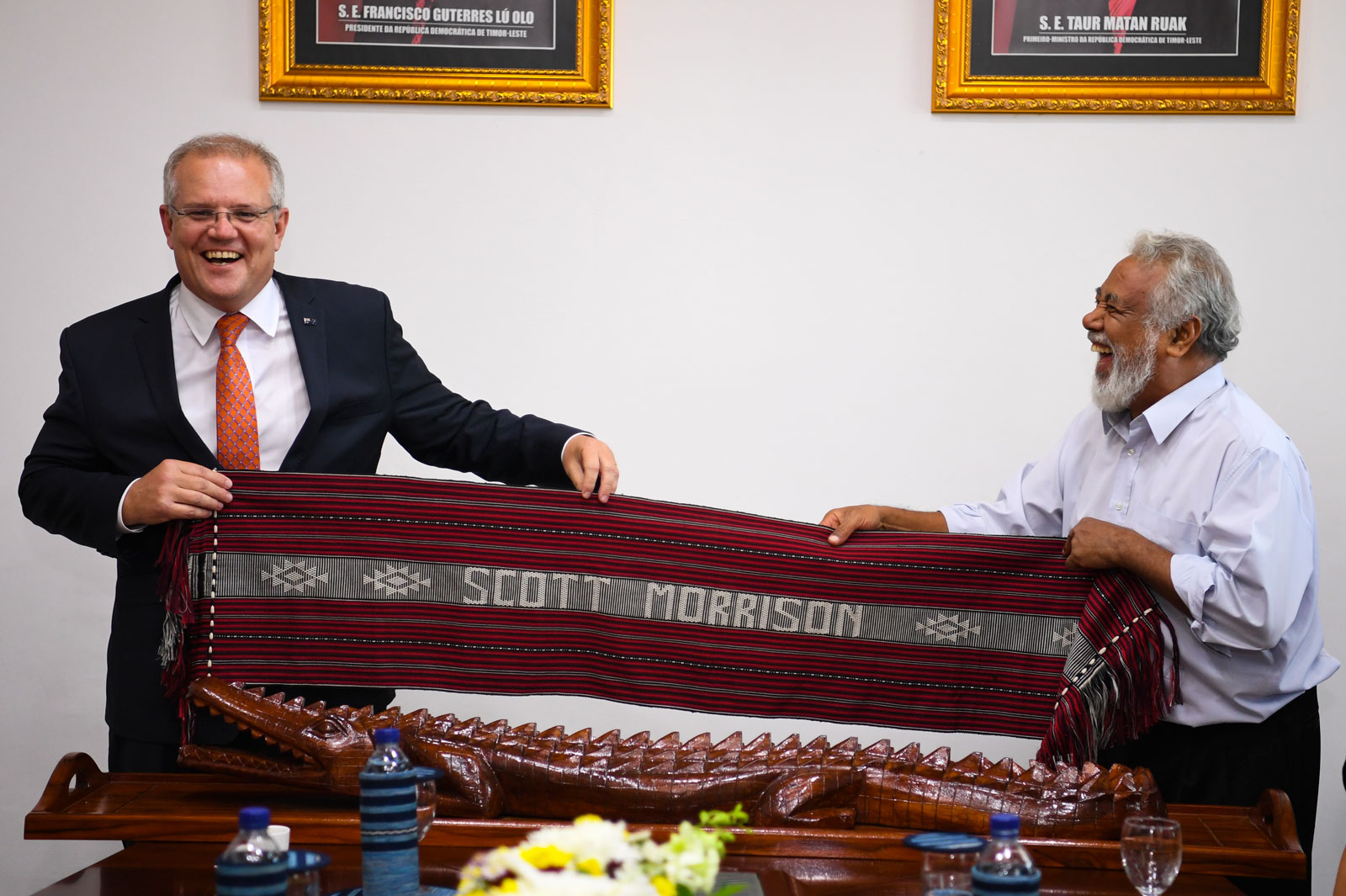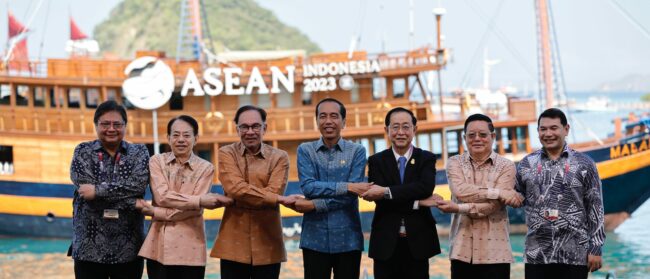This month marks the first anniversary of Timor-Leste’s surprise purchase of a majority stake in multi-billion-dollar Greater Sunrise oil and gas fields – the first step in an ambitious plan to unlock their wealth before existing fields run dry.
And an August 30 exchange of diplomatic letters with Australia officially ratified a treaty delineating a permanent maritime boundary in the Timor Sea between the two states, paving the way for the fields’ long-delayed development.
The diplomatic exchange between Australian Prime Minister Scott Morrison and Timor-Leste Prime Minister Taur Matan Ruak ends 16 months of limbo from the boundary treaty’s March 2018 signing. Coinciding with the 20th anniversary of Timor-Leste’s 1999 vote for independence from Indonesia, the exchange was a poignant moment for Timor-Leste. But with Greater Sunrise still years off from being profitable and the resources it relies on close to decommission, is it already too late?
East Timorese pupils watch their teacher writing on the blackboard as they study inside their classroom at a primary school in Maliana, Timor Leste. The literacy rate of the country was at 64.21 per cent in 2018. Photo: EPA-EFE/ANTONIO DASIPARU
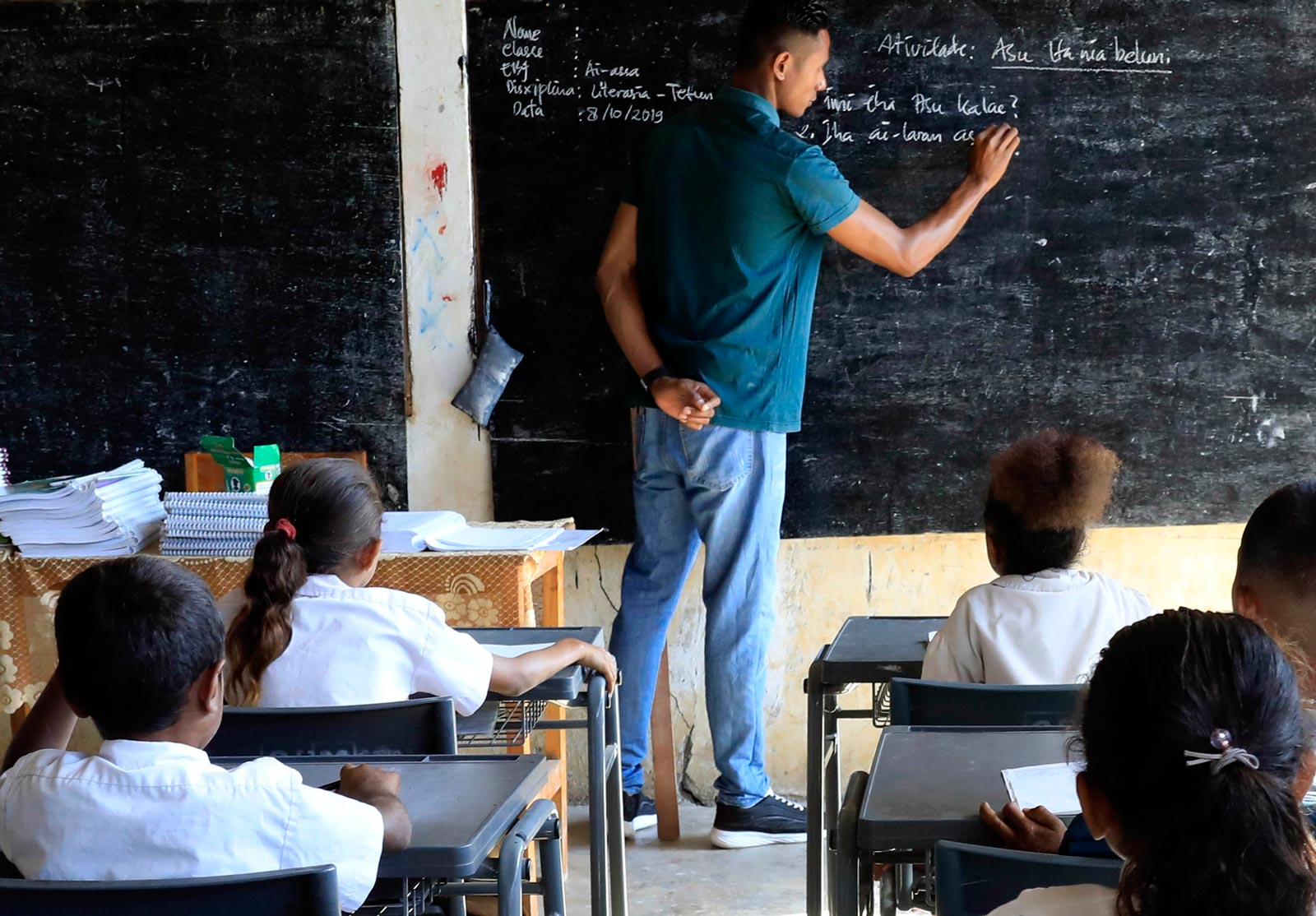
Putting it all on black
Timor-Leste bought ConocoPhillips’ 30 per cent share in Greater Sunrise in October 2018, and followed it with the purchase of Shell’s 26.56 percent share in November that year – giving it a 56.56 percent stake in the five trillion cubic foot fields, which could be worth as much as $50 billion.
Timor-Leste is the second-most oil-dependent state in the world: nearly 90 percent of the state’s annual budget comes from oil and gas revenues, and the country’s fortunes teeter on the strength of its Petroleum Fund – an oil revenue-funded sovereign wealth fund.
With Greater Sunrise still years off from being profitable and the resources it relies on close to decommission, is it already too late?
While the Petroleum Fund currently holds $17 billion – Timor-Leste’s last budget was $1.5 billion for its approximately 1.3 million people – the fields currently funding it, collectively called Bayu-Undan, have steadily declined in revenue since 2012. Experts predict Bayu-Undan will run dry by 2023, with its operator, ConocoPhilips, saying it could be decommissioned as early as 2021.
The Petroleum Fund itself races against a similar clock. Various modelling on current state spending shows it may run out by 2025 or 2028. With more austere spending, it may survive for another couple of decades, which would then allow Timor-Leste’s non-oil economy time to develop.
The Timorese economic monitoring organisation, La’o Hamutuk, notes in a Greater Sunrise factsheet that the Petroleum Fund could be empty by 2027, even if Timor-Leste does not spend on Greater Sunrise.
“If the Fund is invested (directly or through the State Budget) in Sunrise and Tasi Mane, it could be empty several years sooner,” it writes.
“If everything goes as planned, proponents of the Sunrise project expect production to start toward the end of 2026. However, the experience of Bayu-Undan and other projects is that significant revenue does not come in until about two years after production begins, because production ramps up slowly and capital investors must be repaid first.
“Even if Sunrise goes perfectly, Timor-Leste will probably face several years of austerity – not having enough money to pay for basic services – unless the economy is rapidly diversified into non-oil sectors.”
Timor-Leste’s largest non-oil export is coffee, which earns the county approximately $30 million per year. No other crop, export or service will match its oil output in coming decades.
The acquisition of shares in Greater Sunrise gave Timor-Leste decision-making power for the field’s future development. And it has long been clear about a desire to pipe oil and gas to its south coast for onshore processing. But experts consider the onshore processing plan highly risky and financially unviable – leaving Timor-Leste’s leadership lone voices in support of processing on its shores.
That quandary offers Greater Sunrise as an irresistible solution for Timor-Leste’s leadership. What if an easy outlay from that well-stocked Petroleum Fund and a few savvy investments could guarantee billions of dollars per year flowing directly to their country?
Sovereign wealth
The Greater Sunrise fields were discovered in 1974 – just months before Indonesia invaded Timor-Leste, beginning a 24-year-long occupation.
Timor-Leste’s boundary treaty negotiating team – led by independence hero, former president and prime minister Xanana Gusmão – touted the maritime boundary line as the final step in securing Timor-Leste’s sovereignty.
The Timor Sea Justice Campaign spokesperson, Tom Clarke, wrote for Right Now on the March 2018 signing of the treaty that the outcome was testament to the “determination of these Timorese people and their governments to stand firm in the face of a neighbouring bully and claim their sovereign rights”.
At the celebration of 20 years since the freedom vote, an evening event that followed Prime Minister Morrison’s visit, Dili was ablaze with fireworks and song. The gap in the line closed up; sovereignty, supporters said, was secured.
But as the celebrations soften and the fireworks fade, Timor-Leste must look to its options for the future. How will it meet the needs of its people, unlock Greater Sunrise, and fulfil its development agenda before the oil fields supporting its spending run dry?
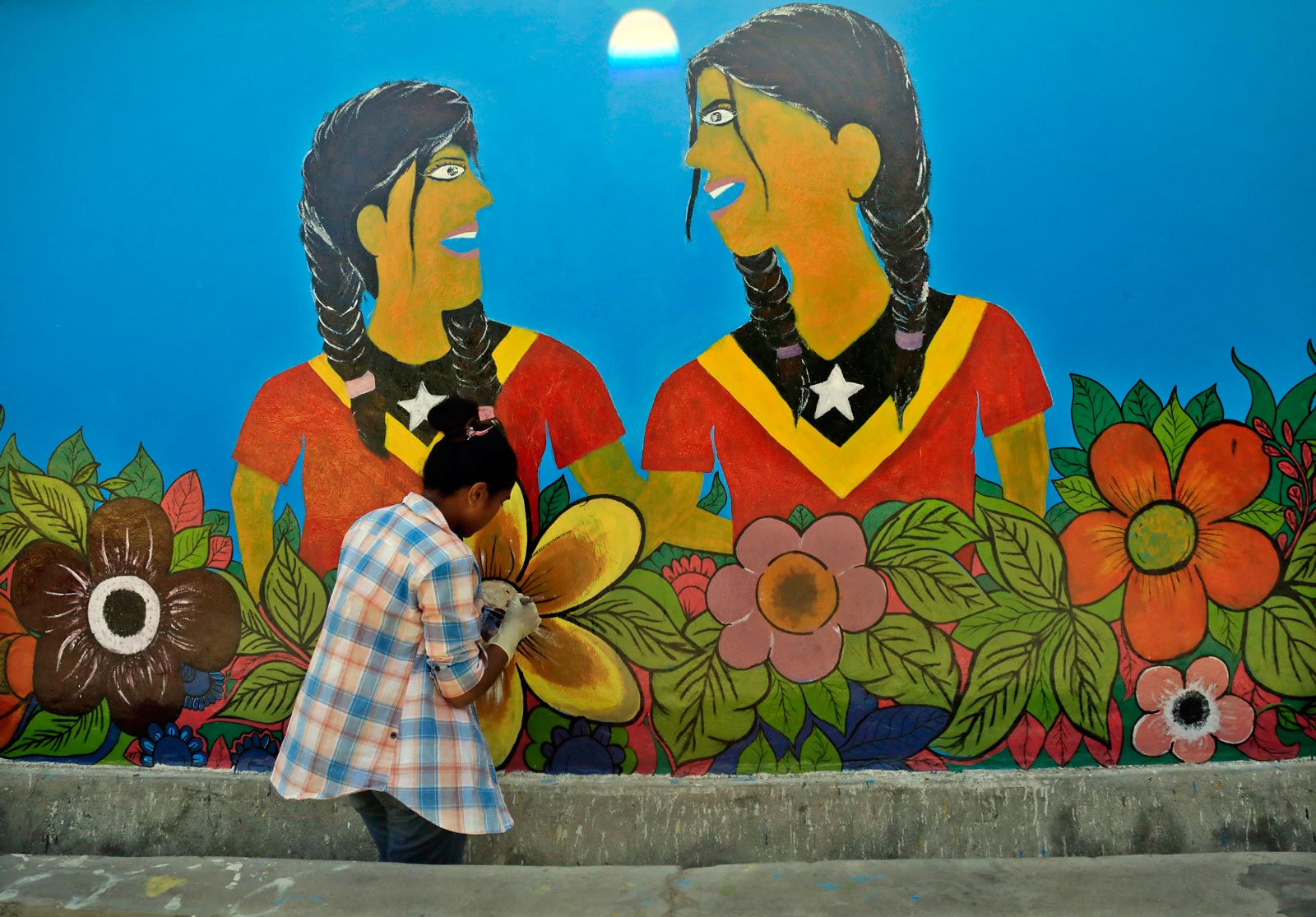
Option 1: Greater Sunrise development goes ahead
Timor-Leste is gambling on a straightforward solution to its future financial woes: it will successfully find the estimated $16 billion needed to finance the Greater Sunrise onshore development plan, including a pipeline across the Timor Sea, and that oil will start flowing before Bayu-Undan stops producing.
Experts predict Bayu-Undan will run dry by 2022 or 2023.
The government points to a 2017 report prepared by the consultancy firm ACIL Allen for TimorGAP, Timor-Leste’s national oil company, which envisaged $41.7 billion in profit from Greater Sunrise.
Speaking to the Irish Times in July, Adilson da Costa from La’o Hamutuk said ACIL Allen relied on data provided by TimorGAP and ignored lost opportunity costs.
“[The development] would absorb billions from the petroleum fund, just when we needed investment in water, health, education and tourism,” he said.
It’s difficult to guess how long this pipeline could take to build: Timor-Leste hasn’t confirmed how the project will be financed, and many onlookers remain sceptical about its viability.
But a comparison could be drawn with the Blue Stream sub-sea pipeline, which carries natural gas from Russia into Turkey. A similarly complex project – a deepwater pipeline laid at 2,150 metres, in a steep and seismic area vulnerable to mud and rock fall and rich in dangerous hydrogen sulphide – Blue Stream was completed between September 2001 and October 2002. Oil started flowing in February 2003.
A feasibility study conducted for Greater Sunrise in 1996 found that while the required pipeline wasn’t an economically sound project, it was technically feasible.
If Bayu-Undan is decommissioned in 2022, Timor-Leste will have two-and-a-half years to tender and secure Greater Sunrise construction contracts and start and finish construction. TimorGAP has said it could bring gas to market by 2025.
Option 2: An Australian compromise
The ConocoPhillips-owned LNG plant at Darwin in Australia’s north – currently used for Bayu-Undan gas – was initially earmarked for Greater Sunrise. It’s the development option preferred by Australia – which will receive either 20 or 30 percent of Greater Sunrise royalties, depending on where its oil and gas is processed – and was for a time favoured by the development consortium.
But Timor-Leste was adamant it wouldn’t accept Australian onshore processing, which has stymied talks – and as Bayu-Undan nears the end of its lifespan, ConocoPhillips and partner Santos now want their nearby Barossa project to tap into the Bayu-Undan pipeline and Darwin plant.
Delivering independence largely insulates Gusmão from scrutiny over present-day high-stakes decision-making about oil and gas resources.
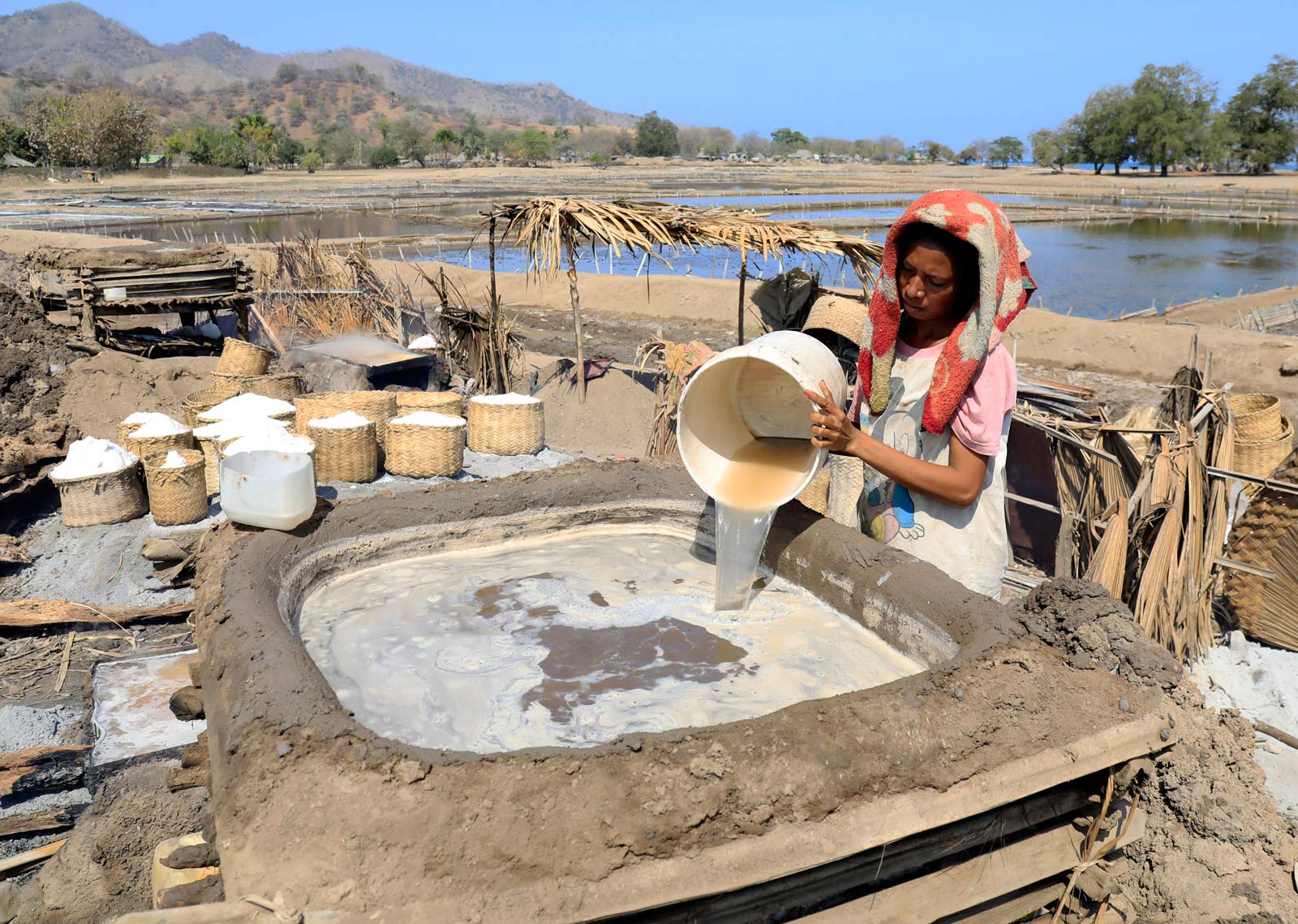
A traditional salt maker pouring sea water to make salt in Atabae, Timor Leste. Photo: EPA-EFE/ANTONIO DASIPARU
Lead developer Woodside has historically favoured a floating LNG processing plant in the Timor Sea – telling Timor-Leste in 2015 that Greater Sunrise resources would remain in the ground if they weren’t processed at a floating plant. The boundary treaty disallows this option.
Late last year Woodside chief executive Peter Coleman told the Australian Financial Review that the firm would consider investing in the upstream gas development from Greater Sunrise, but not the Timor Sea pipeline or an LNG plant.
Researcher Bec Strating, a Timor-Leste oil expert, wrote for the Lowy Institute’s Interpreter that in ratifying the boundary treaty, Australia has effectively washed its hands of the gridlock.
“It now presents itself as “pipeline neutral”, and as a mediator between Timor-Leste and the venture corporations led by Woodside,” she wrote. “Certainly, Australia would be hoping that this diplomatic visit would provide ballast to its claims that Australia and Timor-Leste have reached a “new chapter” in bilateral relations, even though the most materially substantive aspects of the Timor Sea dispute remain ongoing.”
Option 3: A diversified economy replaces oil
Timor-Leste has an aim for 2020 to prioritise the development of its social capital, a diversified economy and basic infrastructure – which could provide the oil alternative its economy needs.
Timorese planning expert, Joao da Cruz Cardoso, wrote in the Diplomat that Timor-Leste has taken steps to build the institutions required to move its economy away from oil: it has strategies to develop human resources and infrastructure with its Human Capital Development Fund and Infrastructure Fund, and has established SERVE, a business registration commission, to support newly opened businesses.
However, he noted that state budget allocations to agriculture and tourism – sectors frequently cited as oil alternatives – has never exceeded more than ten percent of the state’s annual budget. Agriculture represents less than five percent of the country’s gross domestic product.
Timor-Leste’s minister for legal reform and a rising star in government, Fidelis Magalhães, told the Irish Times that the government’s spending is sound.
“He is a strong defender of [government] budgetary priorities, and insists [Greater Sunrise development] – a ‘grand economic experiment’ – can help turn Timor-Leste into a manufacturing hub, ending the dominance of agriculture,” said writer Darragh Murphy.
On October 2, Timor-Leste’s Council of Ministers approved the country’s second-largest state budget of $1.95 billion: nearly three times larger than the $0.7 billion option proposed as “fiscally sustainable” by its Ministry of Finance. The proposed budget is now open for submissions. More than one-thirds of the budget is allocated for goods and services; $1.47 billion of the budget will come from the Petroleum Fund.
Option 4: A changing of the guard
For over a decade, Timor-Leste’s government has married its rhetoric about the maritime boundary with talk of the country’s sovereignty. While Timor-Leste remains in the process of re-negotiating its lateral maritime boundaries with Indonesia, the government’s messaging is persuasive: many Timorese believe the country’s borders to be totally and indelibly established for the first time in history.
That the maritime boundary treaty was officially ratified on the anniversary of Timor-Leste’s independence was no accident.
Now, Timor-Leste faces its second great fight.
Memories of the occupation loom large, and few families were untouched by the crisis. Leaders like Gusmão, Ruak – a former head of the resistance army – and president Francesco Guterres, still better-known by his resistance alias Lú-Olo, played crucial roles in resisting Indonesian forces.
That insulates Gusmão from questions over present-day high-stakes decision-making, and it’s difficult to see how Timor-Leste’s policies will change without a significant change in government: the old allies lead a tri-party governing coalition still stacked with ageing resistance veterans.
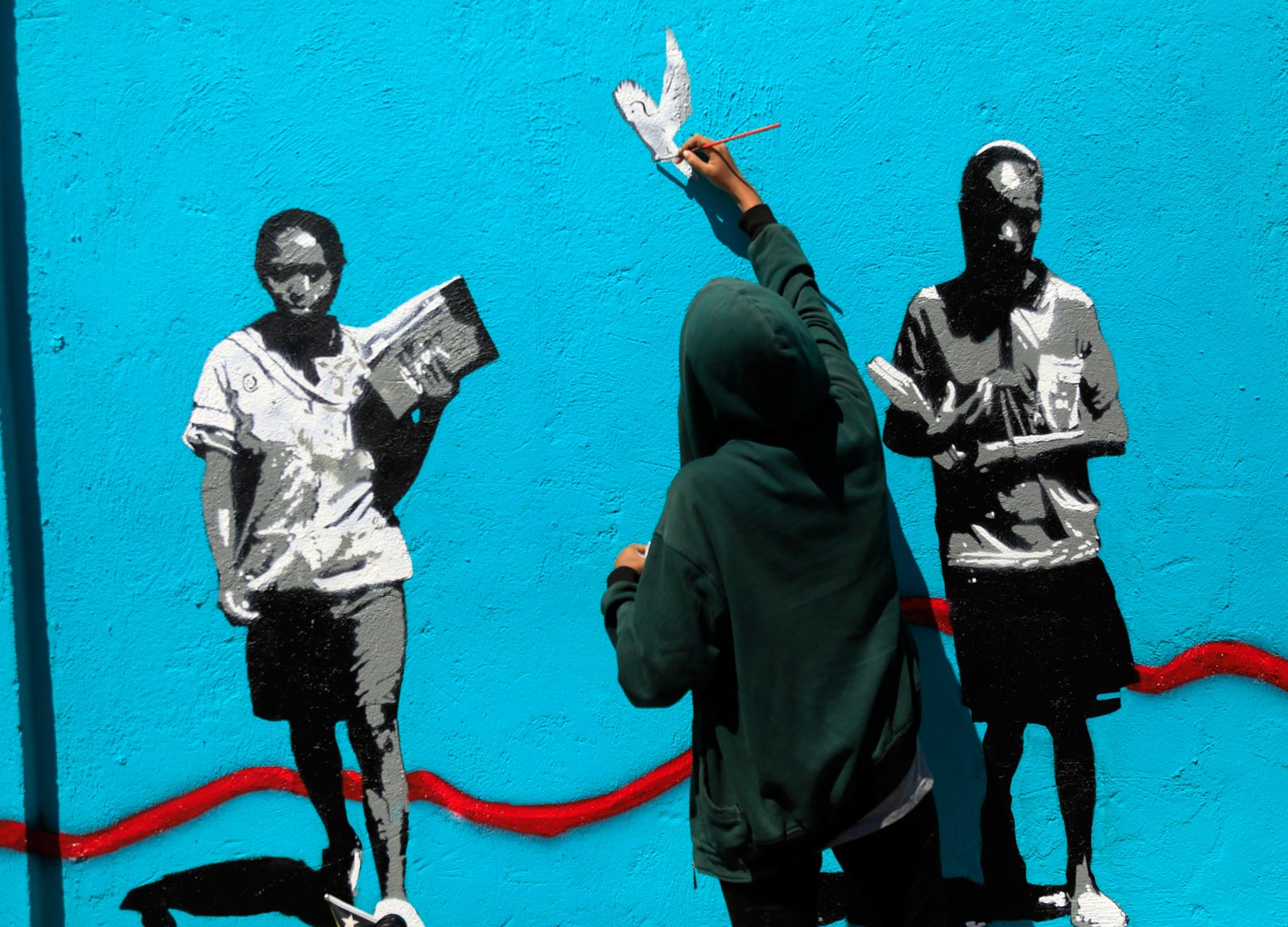
La’o Hamutuk researcher Charlie Scheiner told the ABC in July that Gusmão’s stature largely shields him from scrutiny.
“The heroes of the independence struggle in this country are very strongly in favour of this project, and so other people are reluctant to question them,” he said.
But no one thought Timor-Leste would ever be free from Indonesia. Now, the line goes, no one believes that onshore processing of Greater Sunrise oil and gas will happen – and if the pipe does get into the ground, it won’t produce in time. It’s a deeply risky and highly improbable idea.
But so too was freedom, and Gusmão delivered that. Now, Timor-Leste faces its second great fight.
